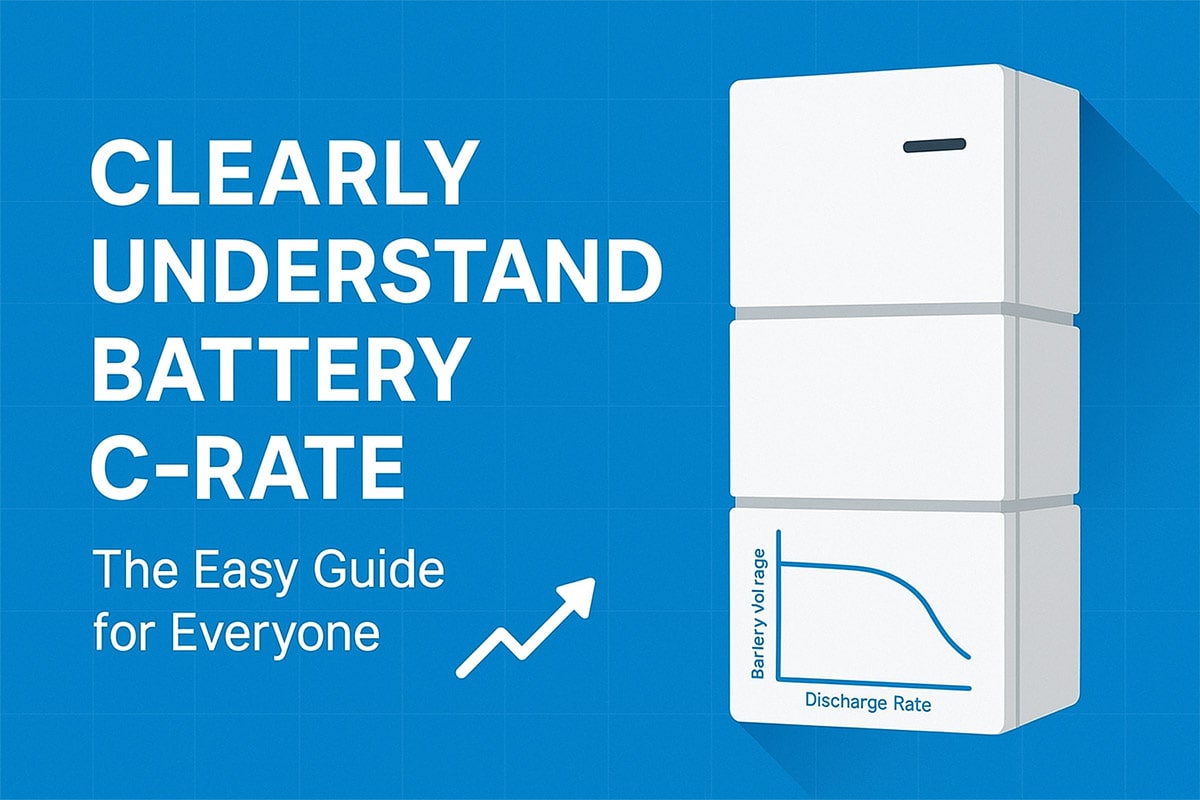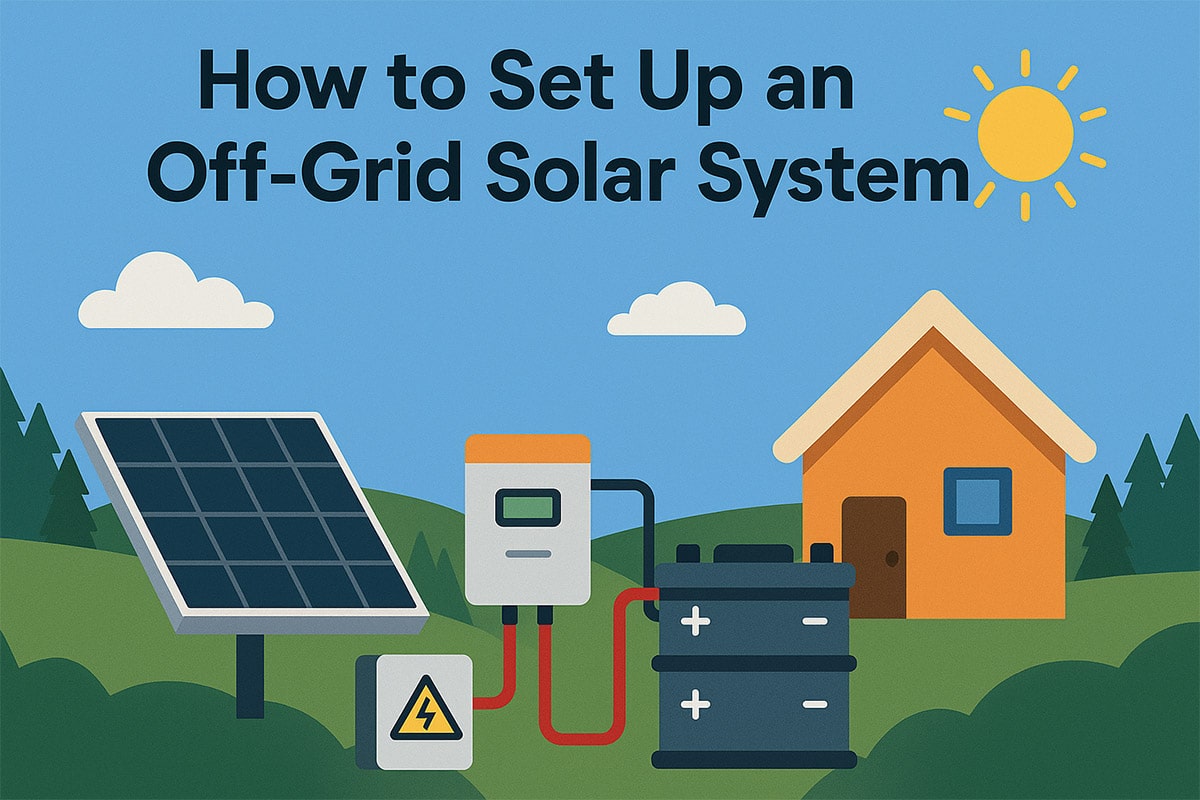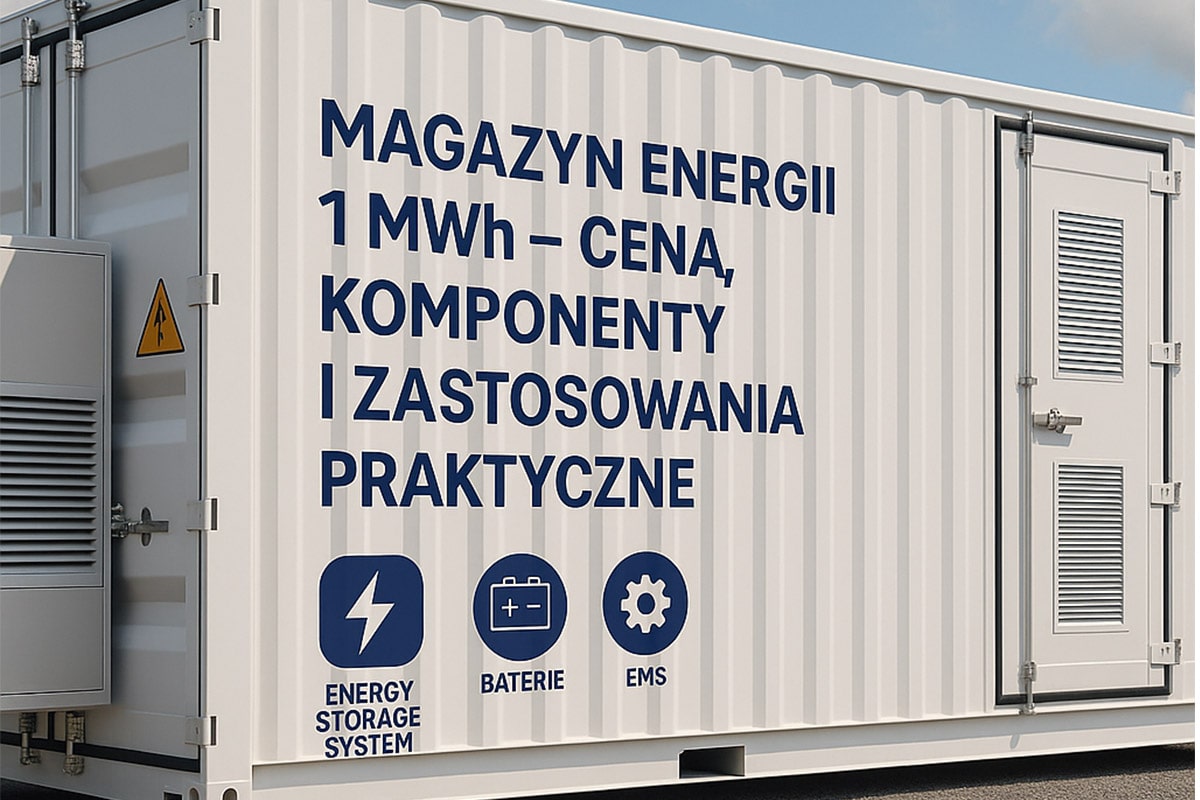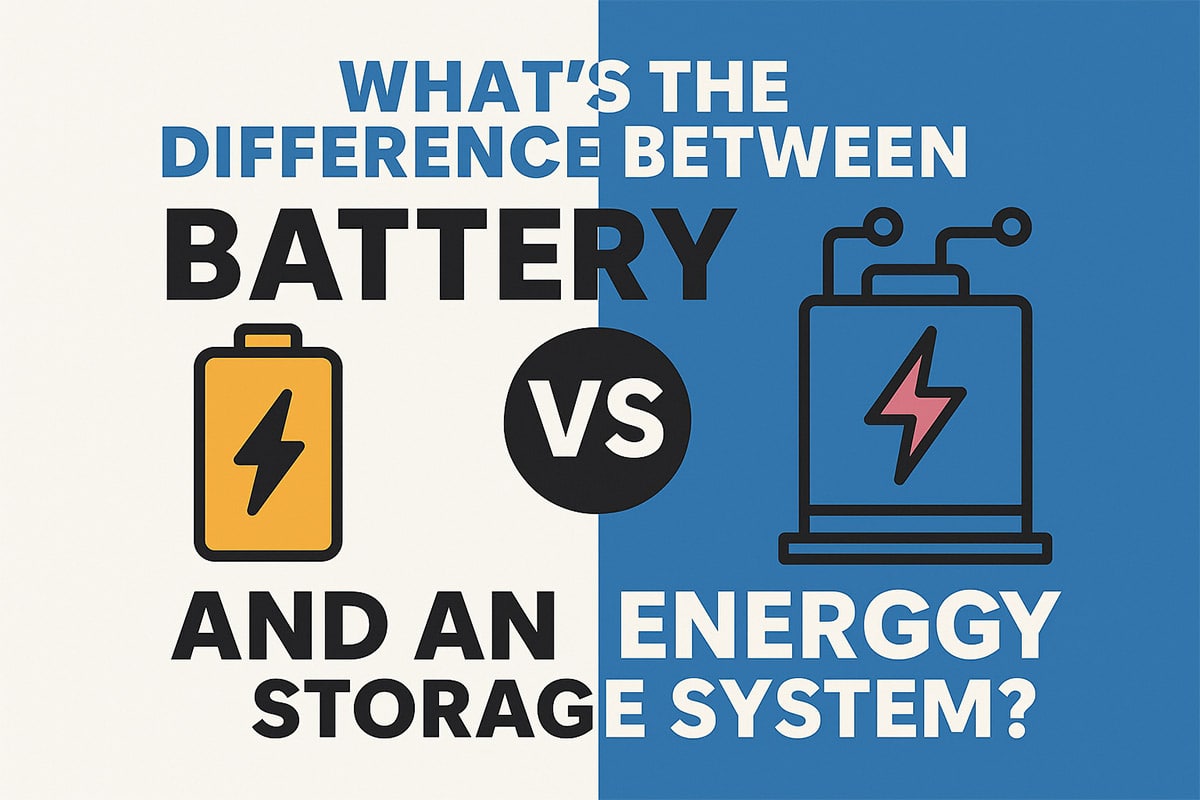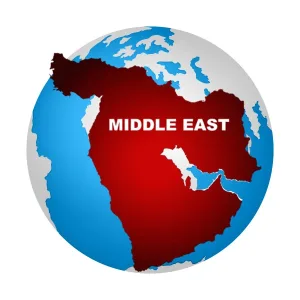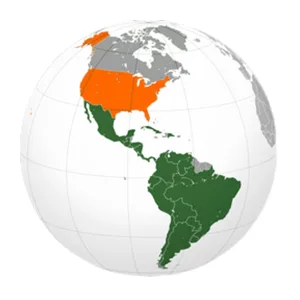Why the Power Generation of Distributed Photovoltaic Power Plants Does Not Meet the Standard
Why the Power Generation of Distributed Photovoltaic Power Plants Does Not Meet the Standard
According to the National Energy Administration, as of the end of March 2022, the cumulative installed capacity of wind power and photovoltaics in the country reached 810 million kilowatts, of which the cumulative installed capacity of photovoltaics was 430 million kilowatts, surpassing hydropower and becoming the second largest power installed capacity in the country.
Entering 2023, under the situation that the price of the industrial chain is relatively stable, the installed capacity of photovoltaics will continue to increase. According to the plan of the dual carbon target, the annual new installed capacity of wind and solar during the “14th Five-Year Plan” period will still maintain a speed of more than 150GW, which means that by 2025, the newly installed capacity of wind and solar in the country is expected to exceed 1.1 billion kilowatts. The huge stock of power stations brings broad development space to the operation and maintenance of new energy power stations.
Among them, the performance of distributed photovoltaics is particularly impressive. It has surpassed centralized photovoltaic power plants in new installed capacity for two consecutive years and has become the main force of installed capacity. However, compared with ground power stations, the asset operation of existing distributed photovoltaics is obviously more difficult. Features such as small capacity, scattered layout, complex installation environment, and roof owner relationship maintenance have brought more challenges to operation and maintenance.
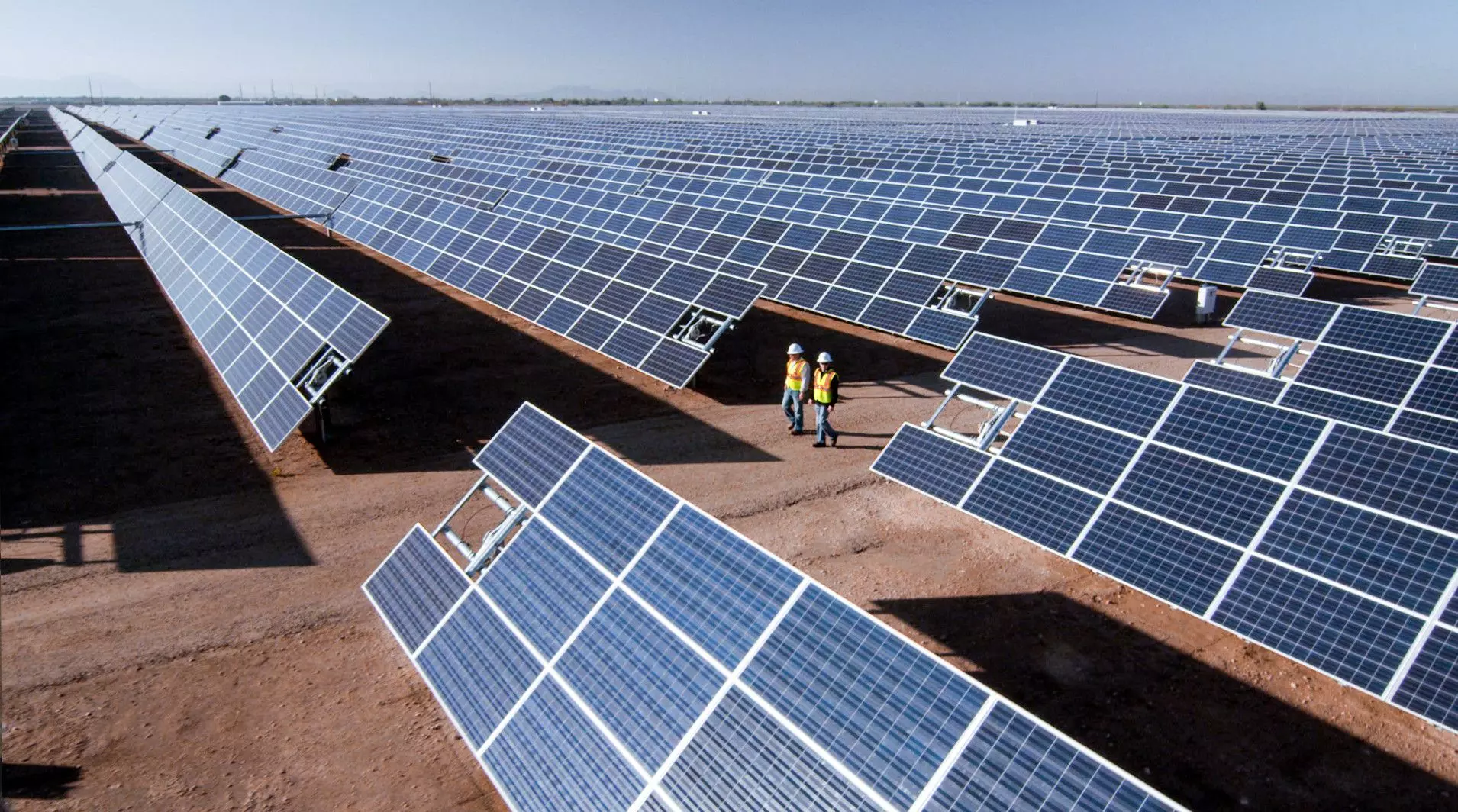
According to the statistics of a third-party operation and maintenance company, after removing abnormal project data, the system efficiency difference of distributed photovoltaic power plants is as high as 6%, which is much higher than that of ground power plants. Among them, the decrease in system efficiency due to shading reaches 4%, including mud belt shading, metal dust shading, bird droppings shading, and partial shading of buildings and structures.
The above case is just a microcosm of the operation and maintenance challenges of distributed photovoltaic power plants. With the accelerated development of distributed photovoltaic scale, more and more funds and enterprises enter, and the volume of distributed photovoltaics to be operated and maintained will also grow rapidly. This is not only a test of the operation and maintenance mechanism, but also a test of the professional capabilities of operation and maintenance enterprises challenge.
In fact, the current new energy industry focuses more on the development and construction of power stations, and the post-operation and maintenance market is still a link that has not yet been standardized and matured. Investment companies do not have enough awareness and attention to operation and maintenance, but in fact, from the perspective of the 25-year life cycle of new energy power plants, operation and maintenance is the key link that determines the profit of power plants.
The operation and maintenance of distributed photovoltaic power stations must ensure the income of assets. Whether it is farmers, employers, or partners, the cost and return cycle of distributed power stations are very important to operation and maintenance. In terms of photovoltaic poverty alleviation and household power station operation and maintenance, shared operation and maintenance are advocated. Maintenance, developing electricians in local counties and districts into shared operation and maintenance personnel, guaranteeing basic operation and maintenance services through online and offline order dispatching and bill settlement, annual spring inspections, and monitoring of operation conditions through power station data.
In addition to power generation, the core of the operation and maintenance of distributed photovoltaic power plants is the safety management of assets and personnel. In the past two years, distributed photovoltaic risk problems have occurred frequently, including fires, collapses, component drops caused by strong winds, casualties, etc. wait. Although the root of the above problems may lie in the construction and design of the power station, these accidents and risks all occur during the operation cycle of the photovoltaic power station, which highlights the importance of operation and maintenance.
As distributed photovoltaic application scenarios become more and more extensive, such as kindergartens, hospitals, government buildings, gas stations, and various light and heavy manufacturing industries, once an accident occurs in distributed photovoltaics, it will not only involve property losses, In severe cases, personal safety may be endangered. Therefore, the design, equipment selection, construction and operation and maintenance stages should be treated with caution, and any link should not be ignored.

